What Are Rodents?
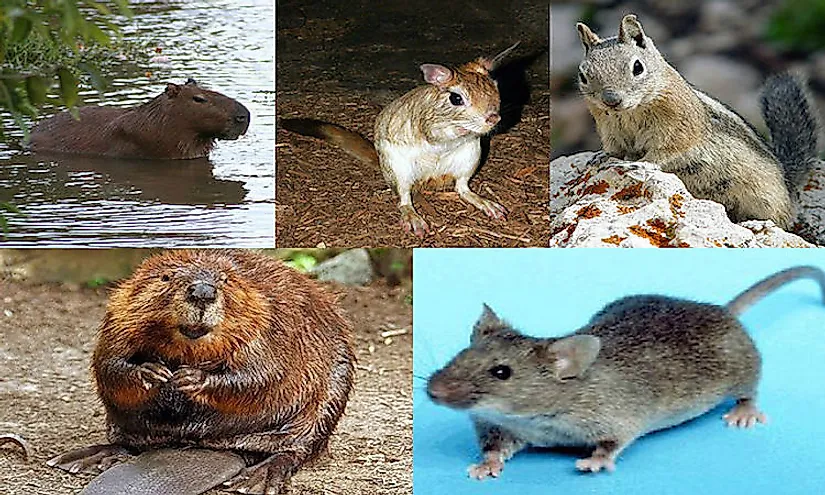
Rodents, mammals of the order Rodentia, represent about 40% of all mammalian species. They are found across the world in all continents with the exception of Antarctica where they inhabit a wide variety of habitats. They can be arboreal, semi-aquatic or fossorial in nature. They are characterized by a pair of unremittingly growing incisors, both in the upper and lower jaws.
Here we present a list of some of the most well-known rodents like capybaras, mice, rats, porcupines, hamsters, guinea pigs, squirrels, and more.
14. Vole -
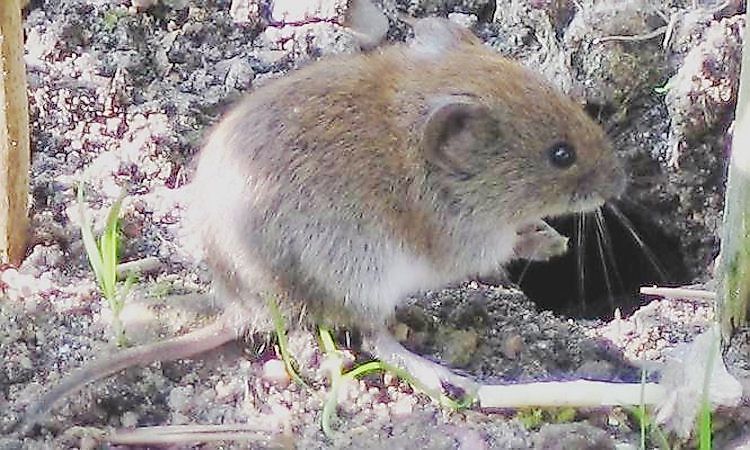
A relative of the mouse, the vole is stouter and shorter than the latter, has smaller eyes and ears, a rounder head, and a hairy tail. 155 species of voles exist, and they are commonly known as field mice or meadow mice in North America. Voles feed on small plants, succulent root systems, and animal carcasses. They are excellent diggers and can dig deep into the ground, forming tunnels and often damaging the base of plants. These rodents live for about 3-6 months and are prey for a large number of predators like owls, coyotes, martens, raccoons, dogs, etc.
13. Lemming -
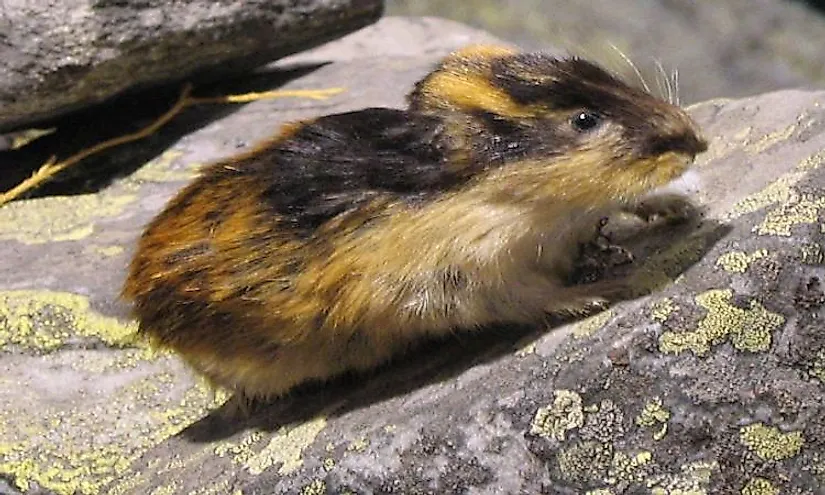
Lemmings are rodents found in and around the Arctic region. They are subniveal creatures that inhabit the tundra biome. Lemmings weigh between 30 and 110g, possess long, soft fur, and extremely short tails. They are primarily herbivorous in nature, feeding on leaves, shoots, roots, and grasses. Lemmings are solitary creatures who only meet each other while mating. They remain active in the harsh winters of the tundra biome, moving from place to place by digging tunnels beneath the snow.
12. Chinchilla -
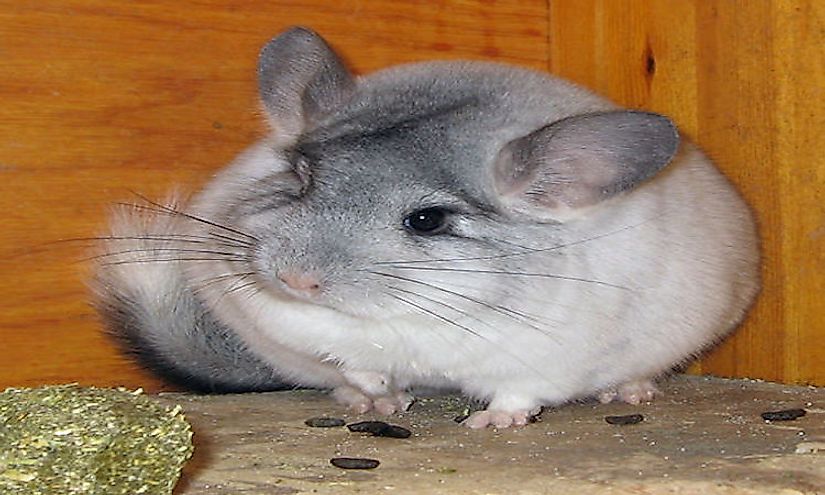
Chinchillas, rodents that are slightly larger and more robust than ground squirrels are natives of the South American Andes. They are found at high elevations of about 14,000 feet. The soft velvety fur of the two extant species of chinchillas has been the reason of their ill fate. These animals have been indiscriminately hunted for their fur and today are classified as critically endangered species by the IUCN.
11. Pocket gopher -
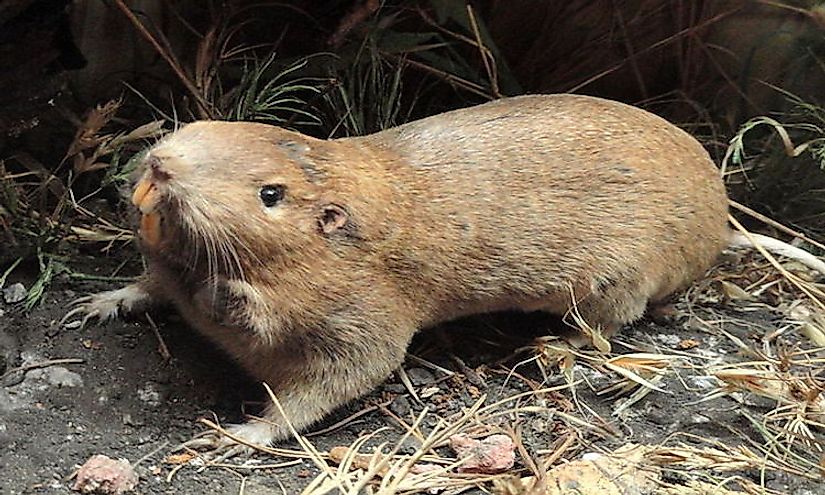
Endemic to Central and North America, pocket gophers are burrowing rodents that encompass 35 different species. These creatures weigh around 230 g and are about 150 to 200 mm long. They are easily distinguished by the presence of large cheek pouches which can be turned inside out. They possess small eyes and short, furry tails. These rodents feed on plant parts and vegetables. Their ability to destroy crops in the field often leads to their labelling as pests by farmers.
10. Marmot -
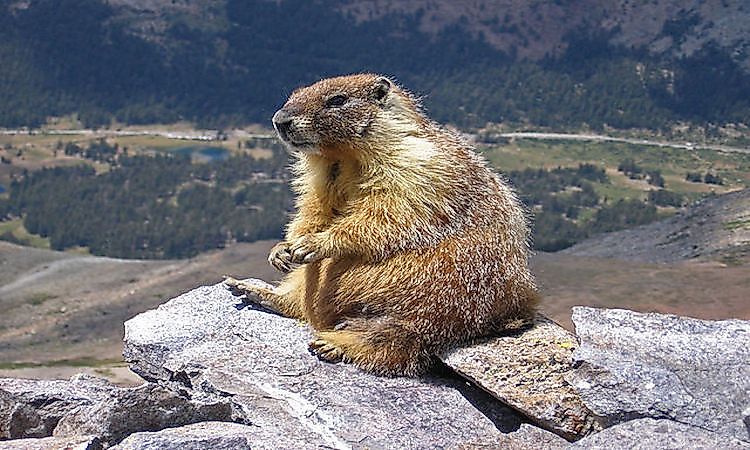
15 species of large squirrels or marmots are part of the genus Marmota. These animals inhabit the mountainous regions of northwestern Asia, Europe, and North America. Marmots are primarily herbivorous in nature, feeding on grasses, mosses, lichens, flowers, etc. They are highly social creatures and communicate with each other via whistling and other sounds. Marmots usually hibernate throughout the winter.
9. Prairie Dog -
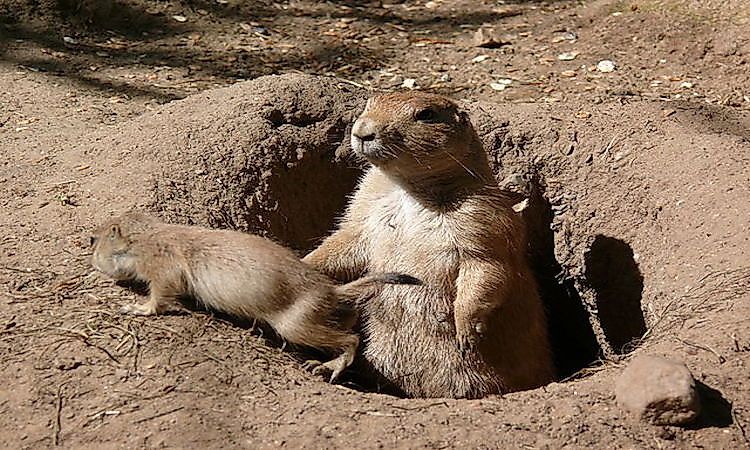
Prairie dogs are burrowing rodents native to the North American grasslands. This group of rodents encompasses five species. Despite their name, prarie dogs are primarily herbivorous in nature though occasionally they might feed on some insects. They forage for roots, shoots, seeds, buds, and fruits of plants.
8. Guinea Pig -
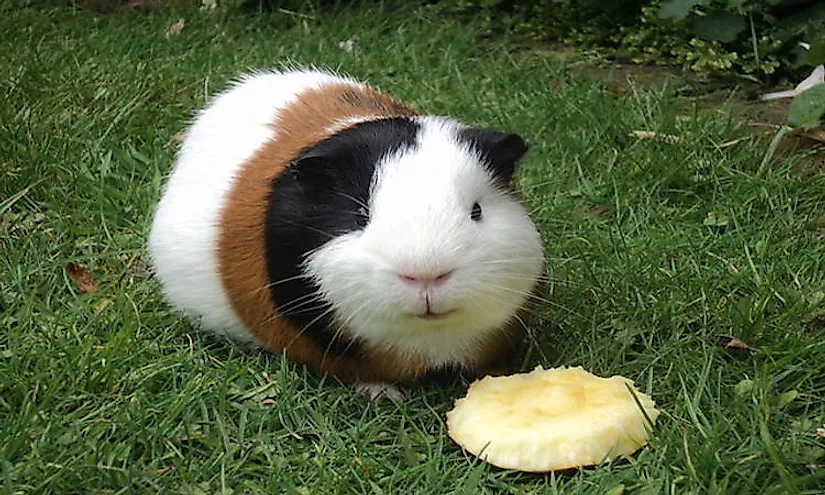
The guinea pig is a rodent of the family Caviidea and the Cavia porcellus species is a domesticated one with no existence in the wild. Originally, they were domesticated by the indigenous people of the Andes for their meat. Today, guinea pigs are popular pets, kept in homes across the world. Their docile, friendly nature makes them a favorite pet of many. Besides, these rodents are also used as model organisms in various scientific studies. Other species of cavies like C. fulgida, C. aperea, and C. tschudii are found in the wild in South America. Grass is the primary diet of these guinea pigs.
7. Hamster -
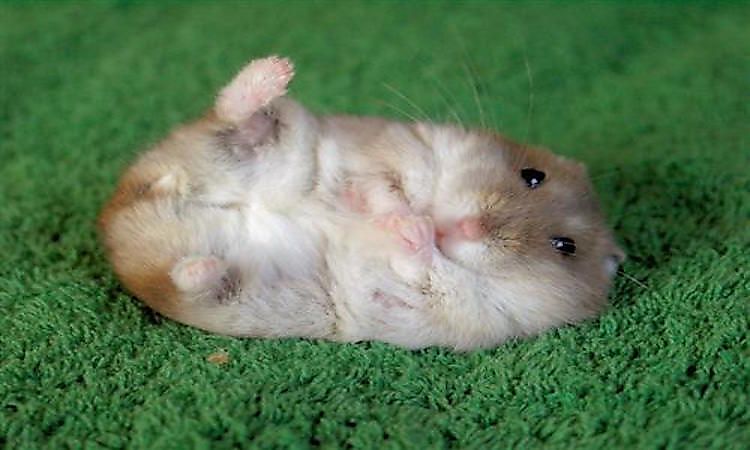
Hamster are rodents of the family Cricetinae. 25 species of hamsters are grouped into 6 or 7 genera. These animals are found in the wild and are also kept as pets and extensively used in medical research. Wild hamsters exhibit a crepuscular nature and remain hidden in their burrows during the day to avoid predation. They are omnivores and feed on both plant parts or hunt for insects. They have cheek pouches that extend to their shoulders where they store food that they carry to their burrows for later feeding.
6. Capybara -
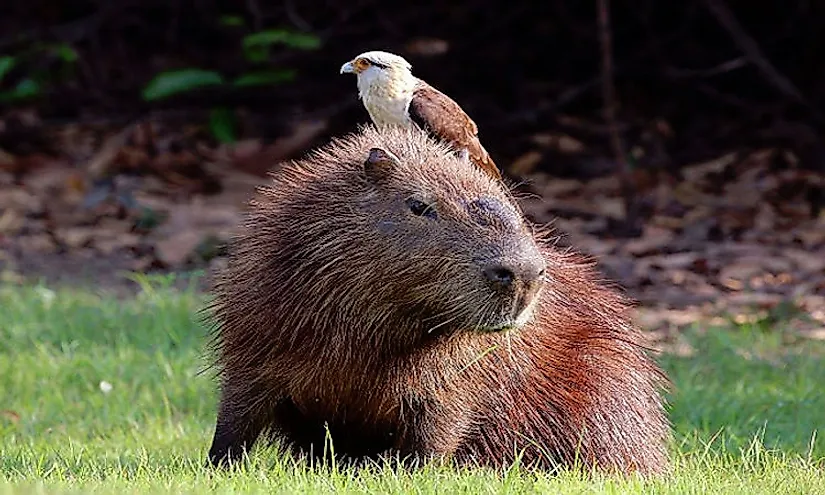
Capybaras are the largest rodents living today. These animals are native to South America where they inhabit dense forests and savanna habitat near sources of water. These herbivorous creatures live in large packs of 10 to 20 individuals which might extend to include 100 individuals. Since capybaras are not yet threatened, they are hunted by people for their meat, hide and the grease from their fatty skin which is used in the pharmaceutical industry. These large rodents can live up to 8 to10 years. Jaguars, caimans, easgles, pumas, anacondas feed on the capybaras.
5. Beaver -
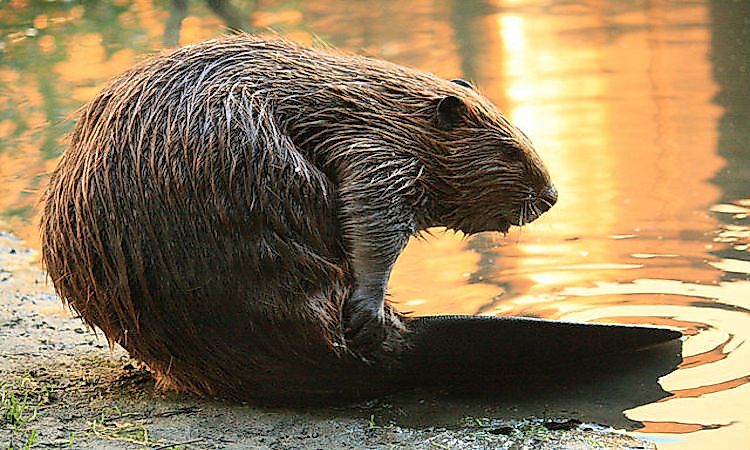
The beaver is the second largest rodent after the capybara and is semiaquatic, nocturnal in nature. Two extant species of beaver exist today, the North American and the Eurasian beaver. Beavers might be regarded as the animal engineers since they are very efficient builders of dams, lodges, and canals. Beavers build dams to provide still, deep water which protects them to hide from predators. They also build canals that allow them to float food and building material to their lodging sites. Though 60 million beavers once existed in North America, today only about 6-12 million of these rodents exist. Hunting for fur, glands used in the pharmaceutical and perfume industry has led to the killing of many beavers. The beavers’ ability to alter landscape of a place by building dams also makes them being regarded as pests by farmers and triggers their persecution by the angry farmers.
4. Porcupine -
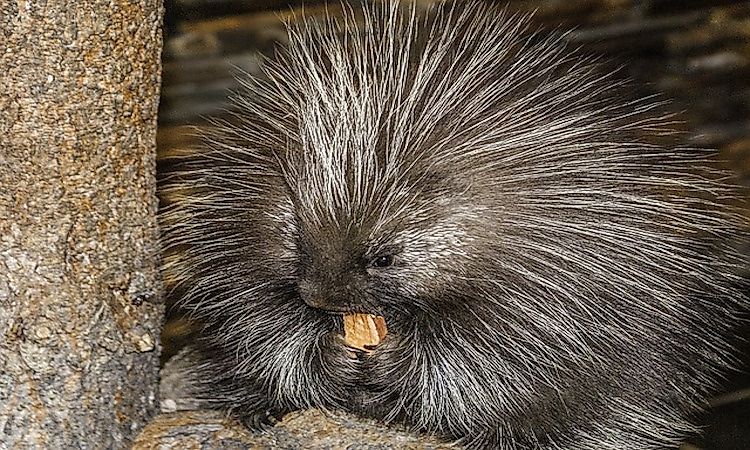
Porcupines are characterized by a coat of sharp quills of spines. Two families of porcupines, Old world porcupines, and New World porcupines live today. The former inhabits Asia, Europe, and Africa and are large, nocturnal, and terrestrial in nature. The latter inhabits North America and are smaller in size than the Old World porcupines, are not strictly nocturnal, and some live in trees for their entire lives.
3. Squirrel -
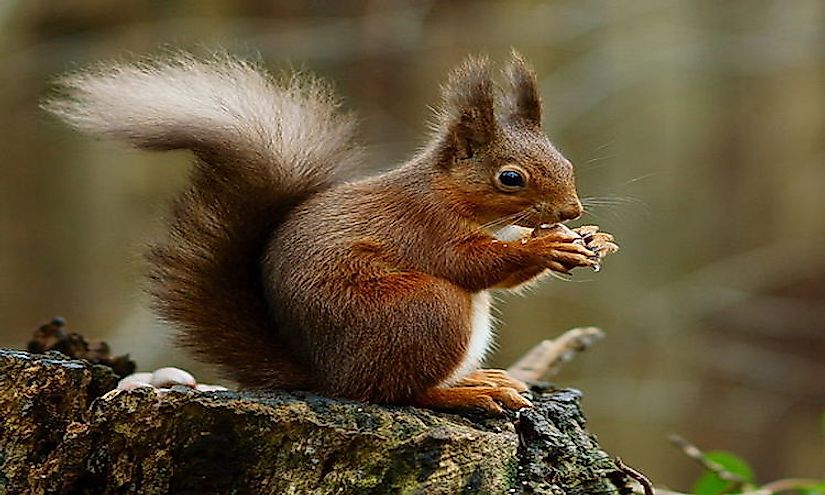
Squirrels belong to the rodent family of Sciuridae. They are found across the world in countries of Eurasia, Africa, and Americas. They inhabit a wide variety of habitats ranging from tropical rainforests to semiarid deserts. The squirrels only avoid the driest of deserts and the cold polar regions of the world. They are primarily herbivorous in nature but might also feed on insects and small vertebrate species.
2. Rat -
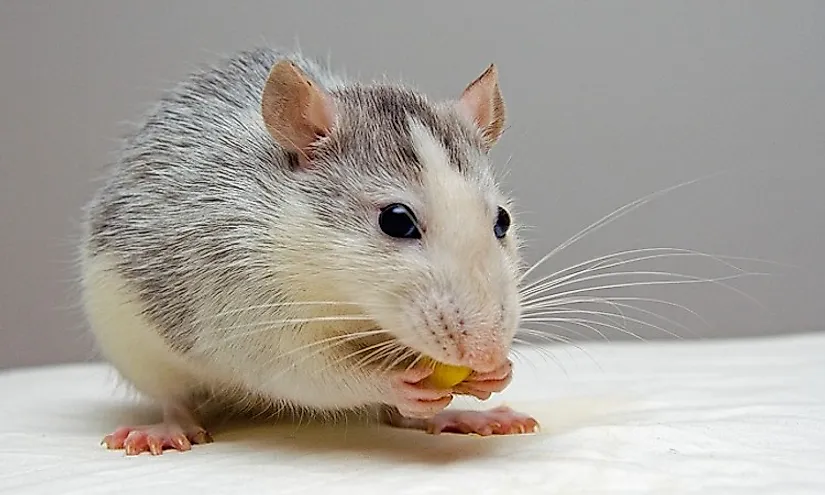
Rats are long-tailed, medium-sized rodents belonging to the superfamily Muroidea. The rats of the genus Rattus are regarded as the “true rats.” The black rat, Rattus rattus and the brown rat, Rattus norvegicus are most commonly occurring rats. They are often regarded as pests and carriers of disease and hence persecuted for this reason. White or albino rats are also used extensively for medical research purposes where they are used as model organisms to study the etiology of various diseases. Some specially bred rats are kept as pets in homes.
1. Mouse -
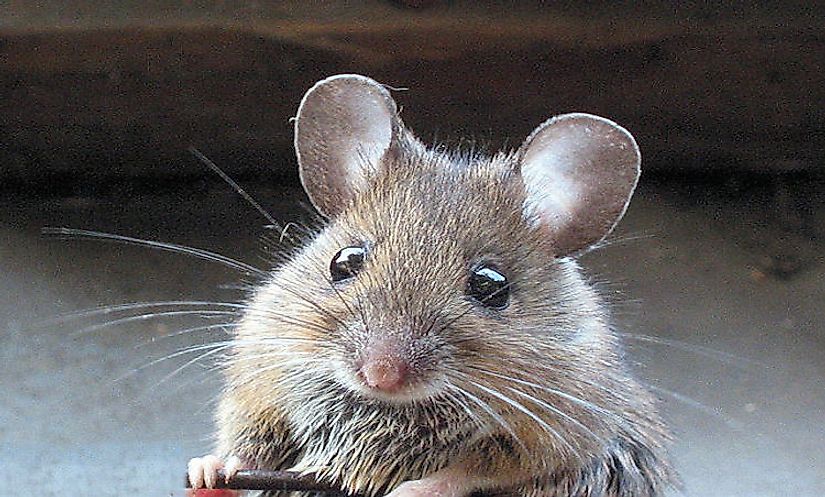
Mouse have small rounded ears, pointed snouts, and long, scaly tails. These creatures breed at a very high rate. Certain breeds of mice are sold as pets. Mice are also extensively used in scientific research. Cats, dogs, snakes, birds of prey are all predators of mice. Mice are often persecuted due to their destructive habits. They are known to destroy crops, cause structural damages, and act as disease bearers. In North America, mouse excrements are believed to spread the hantavirus which triggers hantavirus pulmonary syndrome in humans. Mice are primarily nocturnal in nature, have poor eyesight but a keen sense of smell and hearing.











